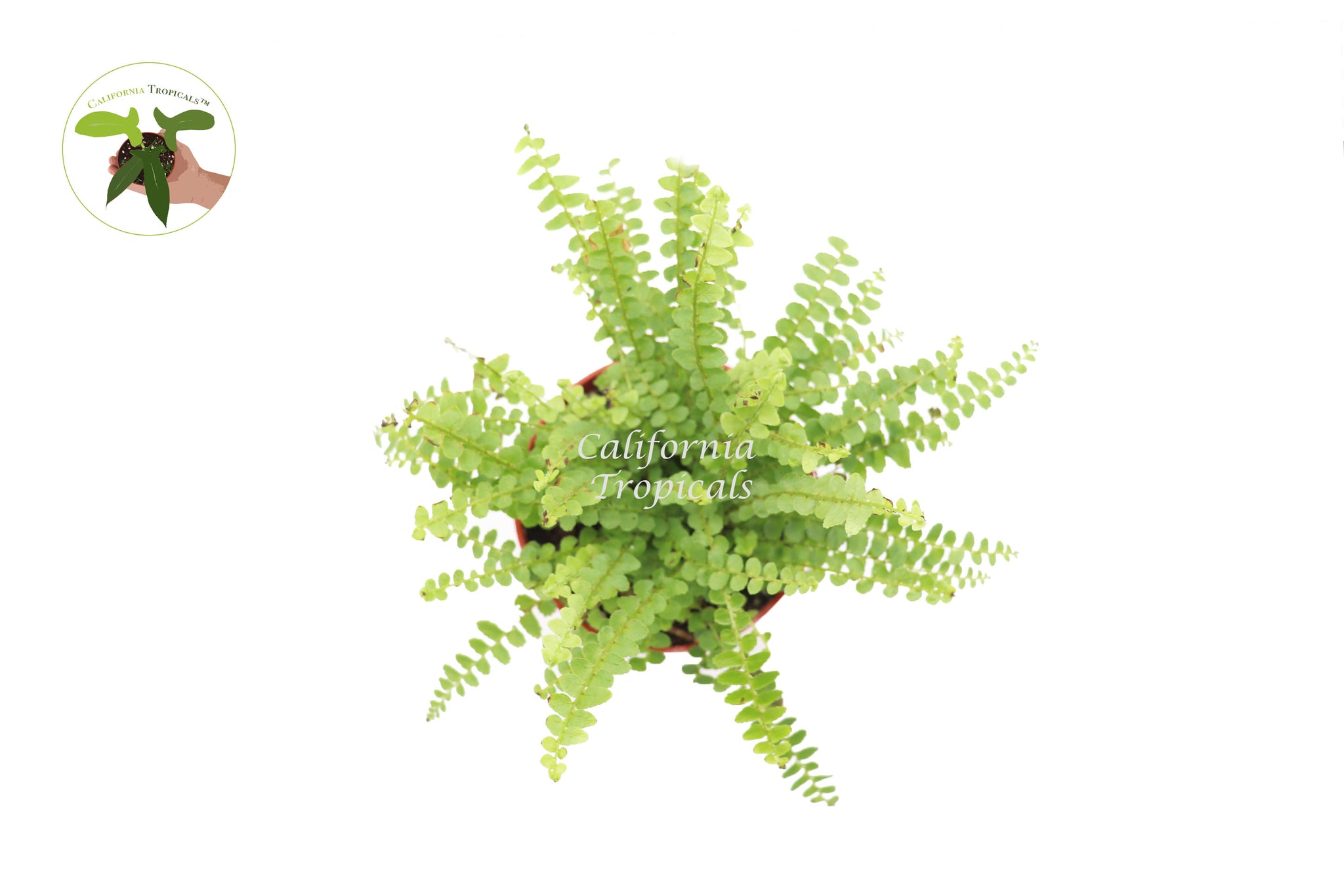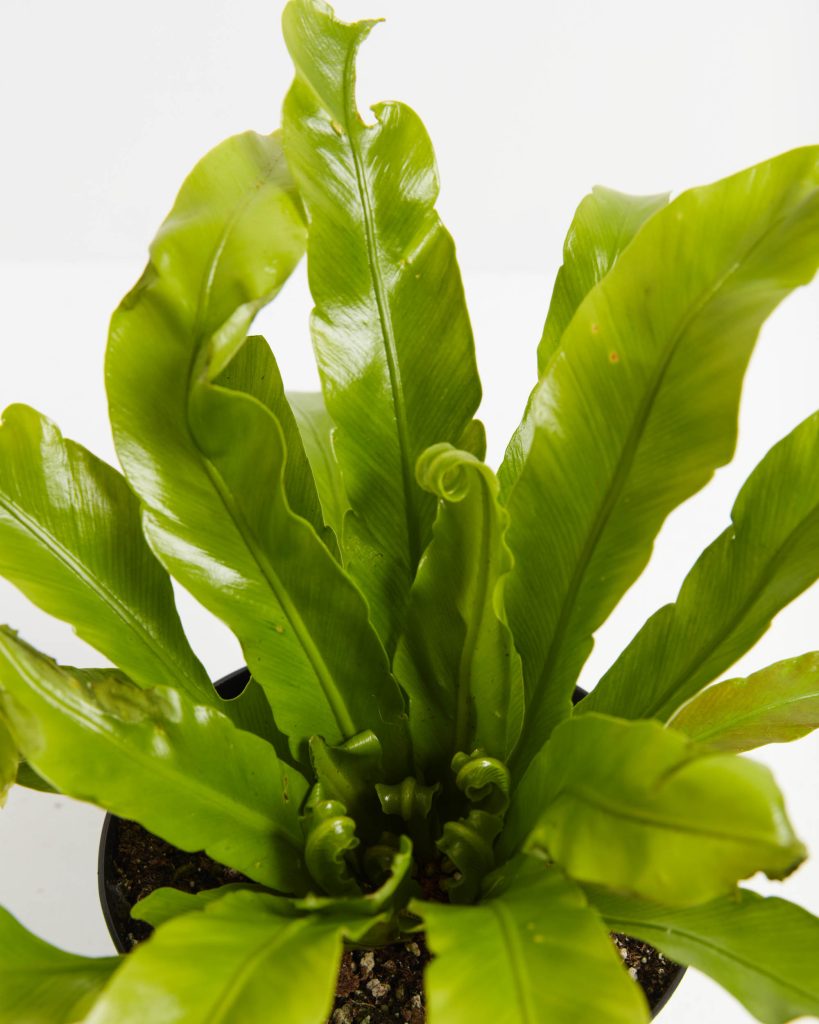Lemon button fern care, also known as Nephrolepis cordifolia ‘Duffii’, are beautiful and unique plants that add a pop of color and texture to any indoor space. These ferns are characterized by their small, round leaves that resemble buttons, hence the name “lemon button fern”. They are relatively easy to care for, making them a popular choice among plant enthusiasts. In this article, we will dive into all aspects of lemon button fern care, including step-by-step instructions, tips, and alternatives.
Who Should Care for Lemon Button Ferns?

Lemon button ferns are ideal for beginner plant owners due to their low maintenance nature. However, experienced plant parents can also enjoy caring for these ferns as they make for a great addition to any collection. They thrive in indoor spaces with medium to bright indirect light, making them perfect for homes and offices. With proper care, lemon button ferns can grow up to 2 feet in height and spread out to about 3 feet wide.
How to Choose the Right Pot and Soil for Your Lemon Button Fern
When it comes to potting your lemon button fern, it’s essential to choose the right size and type of pot. As these ferns tend to grow quite large, it’s best to go for a pot that is one or two sizes larger than the current root ball. This allows room for growth and avoids the plant becoming root-bound. As for the pot material, opt for one made of porous material, such as terracotta, to allow for proper drainage.
As for soil, lemon button ferns prefer moist but well-draining soil. A good mix for these ferns would be one part peat moss, one part perlite or vermiculite, and one part potting soil. This mix provides a balance of moisture retention and drainage, preventing the plant from becoming too dry or waterlogged.
Watering and Maintenance Tips for Lemon Button Ferns
Proper watering is crucial for the health of your lemon button fern. These plants prefer to be kept consistently moist but not soggy. Check the soil regularly and only water when the top inch feels dry. Avoid overwatering as this can cause root rot and lead to the death of the plant. It’s also essential to avoid getting water on the leaves and instead water the soil directly to prevent fungal diseases.
Fertilizing is not necessary for lemon button ferns, but if you choose to do so, a balanced liquid fertilizer once a month during the growing season should suffice. Pruning is also not required, but removing any damaged or dead fronds can help keep the plant looking neat and tidy.
Pros and Cons of Lemon Button Fern Care

As with any plant, there are advantages and disadvantages to caring for lemon button ferns. Here are some pros and cons to consider before adding this plant to your collection.
Pros:
- Low maintenance: Lemon button ferns require minimal care, making them ideal for busy individuals or those new to plant parenting.
- Air purifying properties: These ferns have been shown to improve indoor air quality by removing toxins such as formaldehyde and xylene.
- Beautiful foliage: The bright green, button-like leaves of the lemon button fern add a unique touch to any space.
- Adaptable: These ferns can thrive in a variety of light conditions, making them suitable for different indoor environments.
Cons:
- Sensitive to temperature changes: Lemon button ferns prefer consistent temperatures and can suffer from stress if exposed to extreme highs or lows.
- Prone to pests: Like most plants, these ferns can attract pests such as aphids and spider mites if not properly cared for.
- Not pet-friendly: Lemon button ferns are toxic to cats and dogs if ingested, so it’s best to keep them out of reach of curious pets.
Alternatives to Lemon Button Ferns

If you’re looking for a similar plant to the lemon button fern, here are some alternatives to consider:
- Baby’s Tears (Soleirolia soleirolii): This plant has small, round leaves and is also low maintenance. It prefers bright indirect light and moist soil.
- Golden Pothos (Epipremnum aureum): This trailing vine has heart-shaped leaves and thrives in low to medium light. It’s also known for its air-purifying properties.
- Bird’s Nest Fern (Asplenium nidus): With its glossy, bright green fronds, this fern makes for a beautiful alternative to the lemon button fern. It does well in medium to bright indirect light and requires consistent moisture.
Step-by-Step Guide to Caring for Lemon Button Ferns

Now that we’ve covered the basics of lemon button fern care let’s dive into a step-by-step guide to help you keep your plant healthy and thriving.
- Choose the right pot and soil for your lemon button fern.
- Place the plant in an area with medium to bright indirect light.
- Water the plant when the top inch of soil feels dry, being careful not to overwater.
- Avoid getting water on the leaves, as this can lead to fungal diseases.
- Fertilize once a month during the growing season if desired.
- Prune any damaged or dead fronds to keep the plant looking neat.
- Keep an eye out for pests and treat them promptly if detected.
- Consider repotting every 1-2 years to allow room for growth.
Tips for Thriving Lemon Button Ferns

To ensure your lemon button fern stays healthy and happy, here are a few additional tips to keep in mind:
- Make sure the plant has adequate drainage to prevent waterlogging.
- Avoid placing the plant near drafts or heating/cooling vents.
- Mist the leaves occasionally to increase humidity levels.
- Keep an eye out for signs of stress, such as wilting or yellowing leaves, and adjust care accordingly.
FAQs
What is the ideal temperature for lemon button ferns?
Lemon button ferns prefer temperatures between 65-75°F (18-24°C), with consistent humidity levels.
Can I propagate my lemon button fern?
Yes, lemon button ferns can be propagated by division. Simply remove the plant from its pot, separate the root ball into smaller sections, and repot them in individual pots with fresh soil.
How often should I fertilize my lemon button fern?
Fertilizing once a month during the growing season is sufficient. Be sure to dilute the fertilizer to half strength to avoid over-fertilization.
My lemon button fern’s leaves are turning yellow. What could be causing this?
Yellowing leaves can be a sign of overwatering, underwatering, or pest infestation. Check the soil moisture and inspect the plant for any pests to determine the cause.
Can I keep my lemon button fern outside?
Lemon button ferns are best suited for indoor environments as they are sensitive to temperature changes and can suffer damage if exposed to direct sunlight or harsh weather conditions.
Conclusion
In summary, lemon button ferns are beautiful, low maintenance plants that can thrive in various indoor spaces. With the right potting materials, light conditions, and watering schedule, you can enjoy a healthy and vibrant lemon button fern in your home or office. Remember to keep an eye out for any signs of stress and adjust care accordingly to ensure your fern stays happy and thriving. With these tips and tricks, you’ll be able to care for your lemon button fern with ease.

